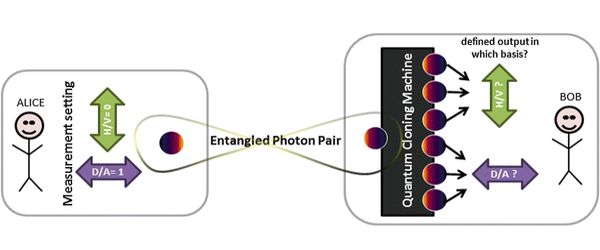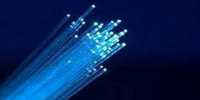Noise restricts the efficiency of contemporary quantum technology. Particles moving in the overlay of pathways can, however, circumvent contact noise. New research has uncovered innovative methods for noise control in quantum communication. The findings show that quantum particles moving in a pathway overlay allow for a reduction in contact noise.
Modern quantum technologies help minimize communication flaws. New research reveals novel techniques to reduce noise in quantum communication.
Among the most active fields of study in modern physics, both at the academic level and beyond, are quantum computing and communication, which use quantum processes such as superposition and entanglement to perform calculations or to share knowledge. A variety of research groups around the world have developed quantum machines that can conduct calculations faster than any traditional computer. However, there is still a long way to go before these machines can be turned into marketable quantum computers. One explanation for this is that both quantum computation and quantum communication are seriously hampered by the simplicity at which a quantum superposition state can be broken, or the entanglement between two or more quantum particles can be lost.
The key solution to solving these drawbacks is the use of so-called quantum error correction codes. However, this involves a quantity of energy that exceeds what can be accomplished in a regulated manner at present. Although, in the long run, error correction is likely to become an important part of future quantum systems, a complementary solution is to minimize noise – that is, the combined effect of uncorrected errors – without focusing on too many external tools. They are referred to as noise control systems.

Noise mitigation without additional resources through simple quantum schemes
A new strategy in this line of research has recently been suggested to eliminate noise in the two-party coordination scheme. Imagine two parties that want to interact by sharing a quantum particle, but the particle has to be transmitted across those unreliable transmission lines.
Recently, a team of researchers at Hong Kong University indicated that an overall reduction in noise could be accomplished by directing the particle through a quantum overlay of pathways across noise regions in the opposite order. In fact, although classically a particle can only fly down one path, quantum mechanics can pass along several paths at once. If one uses this property to send a particle down two quantum paths, one may, for example, simultaneously push a particle through noisy regions in the opposite order. This influence was experimentally demonstrated by two independent research inquiries.
These findings proposed that, in order to accomplish this decrease in noise, the noisy transmission lines should be put in a quantum superposition of opposite orders. Shortly afterward, study groups in Vienna and Grenoble discovered that this result could even be accomplished by simplified setups, which could also totally remove the noise between the two parties.
All of these systems have now been experimentally applied and correlated with each other by a research team headed by Philip Walther at the University of Vienna. In this work, a number of noise types equate various methods of going through two noisy regions of quantum superposition. The experimental findings are also accompanied by numerical models to expand the analysis to more generic noise forms. Surprisingly, it is observed that the easiest schemes for the quantum superposition of noisy channels often give the best possible reduction of the noise impacting communication.
“Error correction in advanced quantum technology is one of the most pressing needs of contemporary quantum computing and communication networks. Our work demonstrates that, at least in the case of quantum communication with the technology currently in use, this problem can be mitigated without the need for additional funding, “Says Giulia Rubino, the first author of the Physical Review Research publication. The ease of use of the proven technique makes immediate use of current long-distance communications and offers future further uses in quantum computing and quantum thermodynamics.
















